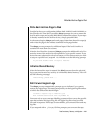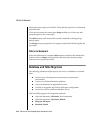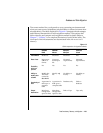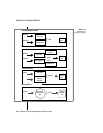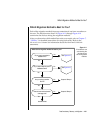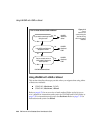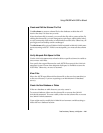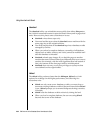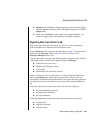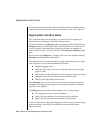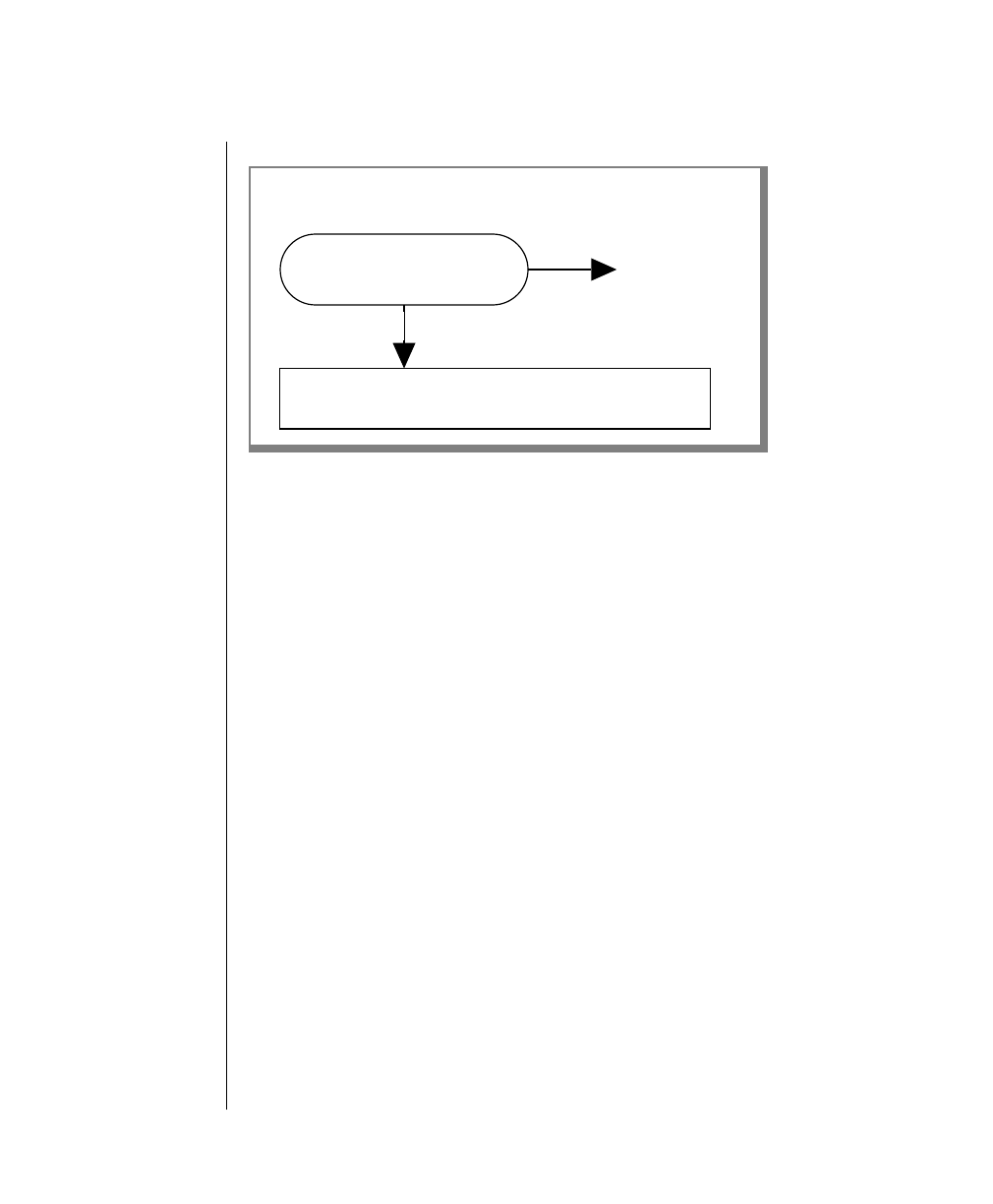
Data Consistency, Recovery, and Migration 4-59
Which Migration Method Is Best for You?
In the choice between LOAD or dbload, the trade-off is ease-of-use and speed
versus flexibility. The advantage of the dbload utility is flexibility. The price
of this flexibility is time spent learning about and creating the dbload
command file. Most users find that if they do not need the flexibility of
dbload, they prefer the LOAD statement for its simplicity. When you use the
LOAD statement to load data from an ASCII file into a table, all you do is run
it. LOAD tends to be much faster than dbload.
When you use the dbload utility, you must create the dbload command file.
The command file maps data from each ASCII input file into fields that are
inserted into specific tables in the database. The command file can drastically
reorder and rearrange input data as it is entered into the specified table.
In addition, dbload command-line options provide you with these
possibilities:
■ Check the syntax of the command-file statements
■ Suspend table locking during the insert
■ Ignore the first x number of input records from the file
■ Force a commit after every x number of records
■ Terminate the load after x number of bad records
Figure 4-13
Third
decision tree
summarizing the
choices among
OnLine migration
methods
You want to modify the current database schema.
Do you want to write data directly
to tape?
dbexport/dbimport
Use dbexport/dbimport, LOAD, or dbload. To choose between
LOAD and dbload, see Figure 4-14.
No
Yes



